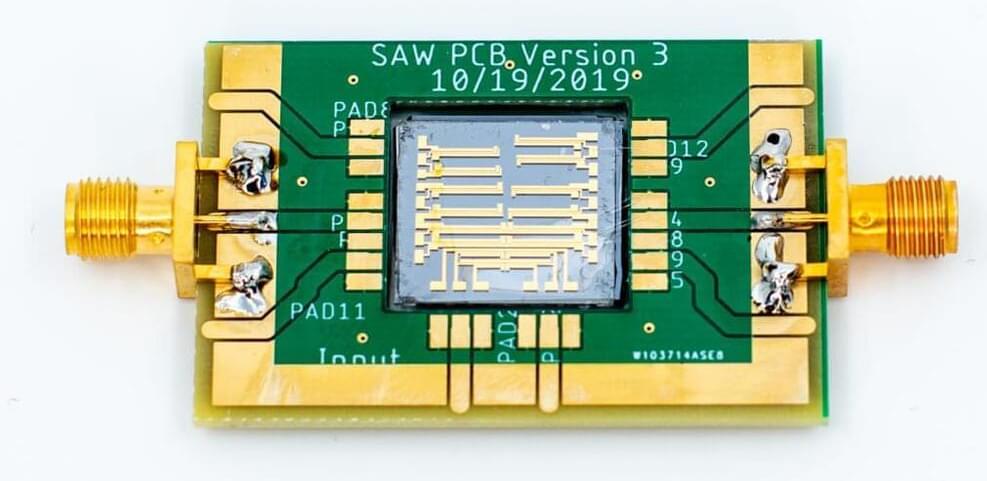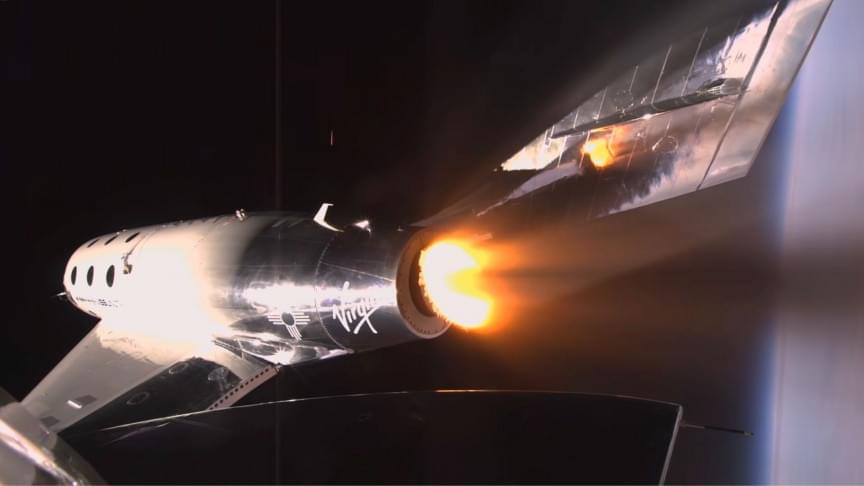
There is a whole range of possibilities when it comes to prefabricated modular housing—some might be as simple as a prefab cabin in the woods or a home office in the backyard; others are designed as stackable and programmable smart homes, perhaps strong enough to withstand natural disasters or for seniors looking to age in place affordably.
Whatever it may be, the prefab industry continues to evolve. Singapore-based Nestron is yet another contender in this ever-expanding field, now offering the Nestron Cube Two X (C2X). This rather futuristic-looking smart living pod measures a relatively generous 377 square feet (35 square meters)—a sizable increase in floor area compared to the company’s 280-square-foot (26-square-meter) Cube Two of the same series, which was launched back in 2020, and is designed for three to four inhabitants. Additionally, the Cube Two X comes in two versions: either a one-bedroom or two-bedroom unit with different floor layouts within the same footprint.
Similar to the preceding Cube Two, the 18,000-pound (8,000-kilogram) Cube Two X sports an ultra-sleek exterior that features an insulated, FRP-paneled, galvanized steel frame, which the company says was designed to weather out natural disasters like earthquakes, hurricanes, and typhoons. However, the company notes that further fortifications can be done for clients looking for something even more resistant.









